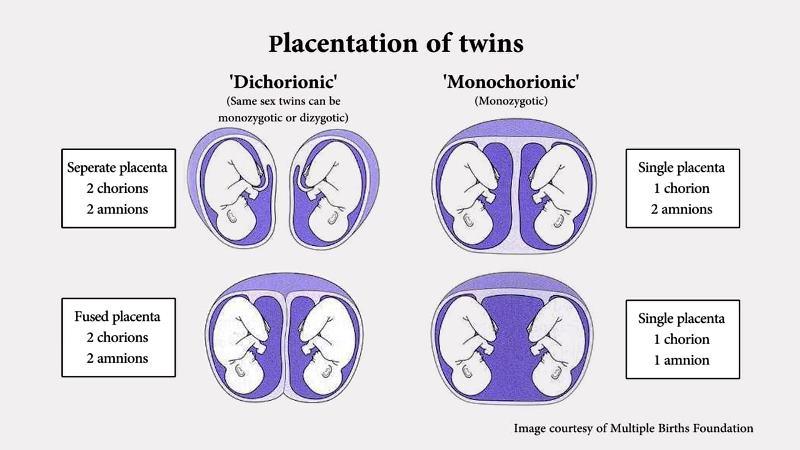
Placentation of Twins
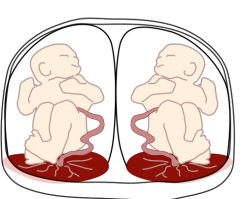
Diamniotic-2 Eggs fertilised or 1egg splits soon after fertillisation within 1-3 days.
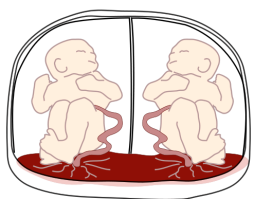
Monochorionic-Diamniotic-Fertilised egg splits a little later within 4-8 days.
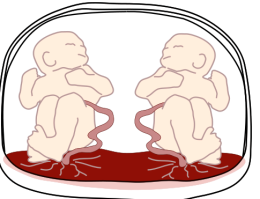
Monoamniotic-Fertilised egg splits later with in 8 – 13 days.

Conjoined Twins-Fertilised egg splits later than the 13 Days.

Types of Conjoined Twins
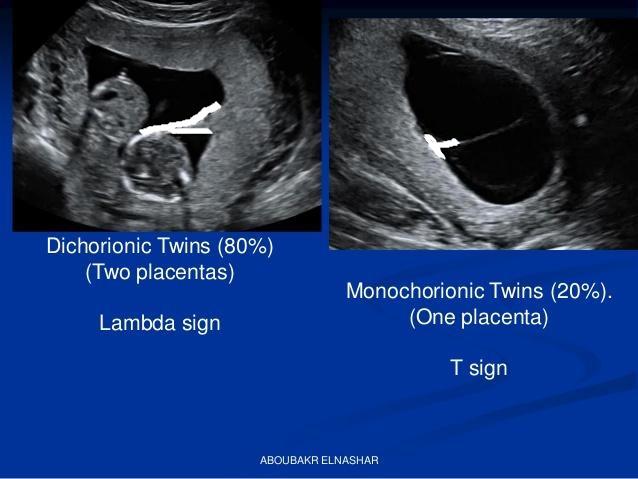
Twin pregnancy and USG
You may go into labour early with twin pregnancy. Even if you don’t, you will probably be advised to have your babies before your due date (elective birth). This is done either by having labour started off (induced) or by having a caesarean section.
As twin pregnancy have higher chances at pre mature birth you may be advised corticosteroid injection. corticosteroid in pregnancy
The exact timing of delivery for twin pregnancy depends on individual circumstances; however, if your pregnancy has been uncomplicated, it is advised that you should be offered spontaneous pain, to start.
If the baby nearest to the neck of the womb (often called the presenting twin) is head-down and you have no other complications then you should be able to have a vaginal birth if you wish. The position of your second twin can change after the first baby is born and should not influence how you choose to give birth.
If the baby nearest to the neck of the womb (cervix) is bottom-down (breech) towards the end of the pregnancy, a caesarean section is usually recommended.